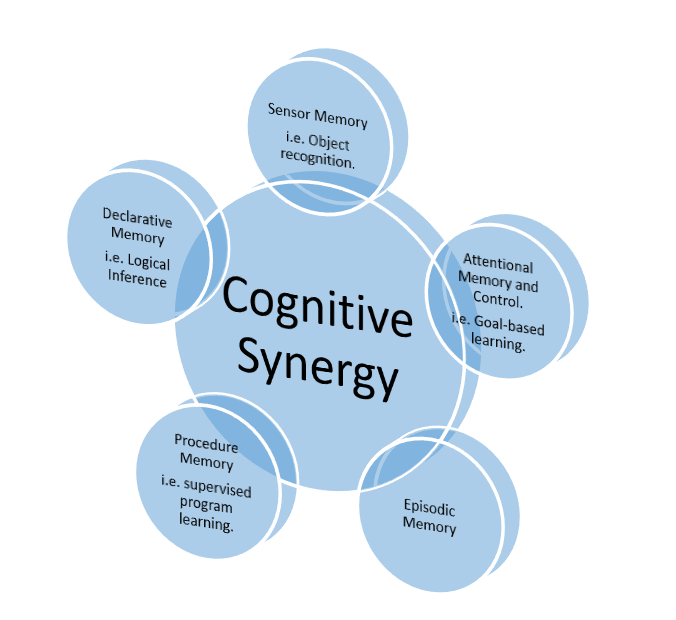Research Pillars
- AI for Science
- Theory and Optimisation in AI
- Artificial General Intelligence
- Sustainable AI
- Resilient & Safe AI
Artificial General Intelligence (AGI)
With the promise of AI, further fuelled by deep learning technology, AI researchers have embarked on the ambitious goal of Artificial General Intelligence (AGI). In contrast to Weak AI, which is limited to perform very well in highly specific set of tasks, AGI, sometimes also referred to as Strong AI, is able to generalise what it has learned, to solve problems with contexts qualitatively different than those it has encountered before.
Why pursue AGI?
Although most AI experts do not foresee the arrival of AGI before 2045 (or even much later), the resurgence of a strong AGI community to push for human-like intelligence should not be ignored. More and prominent R&D organisations have devoted their efforts in AGI, i.e., DeepMind, OpenAI and the Human Brain Project. Within A*STAR, there are sufficient Use Inspired Basic Research (UIBR) AI researchers working along the AGI direction, in order to put A*STAR on the forefront of AI research and innovation, both benefiting from the new and unexpected advancement as well as contributing to the knowledge creation and societal good.
Our Approach: Cognitive Synergy of Learning and Reasoning
Machine Learning, Deep Learning, Computer Vision has already implemented some of the most useful cognitive functions successfully, e.g. object recognition, object tracking, reasoning, attention, etc. One approach to AGI is to integrate these cognitive functions (capabilities) into a single framework of problem solving. Individual cognitive capability may not be able to solve the problem or attain the task in hand, but the cognitive process that synergises those capabilities might be able to solve the task.
This framework consists of multiple subsystems that are each more effective at solving certain classes of problems. Important property of effective cognition is the ability to ask for help from each cognitive function in very granular ways. Especially, the helper should be able to understand the intermediate state of partial-solution that the requestor function has found. This sort of "cognitive synergy" is our approach to solve AGI problem. In fact, this is a more practical way of solving the AGI problem. The team aims to achieve AGI by interconnecting different cognitive functions in a way such that each cognitive function aid each other in overcoming challenges of problem solving.

Fig 1. Cognitive Synergy Approach to AGI
One way towards achieving the cognitive synergy is to develop mechanisms to reason using artificial neural networks that is the topic of neuro-symbolic AI. Computer Vision and Machine Learning may need to take advantage of knowledge representations and reasoning to make sure we can explain model predictions, effectively transfer what models have learned, and learn from few examples.
Symbolic representations provide robust learning, reasoning and explainability. To take advantage of both neural and symbolic learning, one approach is to integrate neural network-based learning with symbolic knowledge representations and logical reasoning, through the same framework of Cognitive Synergy. This provides a natural framework to answer question such as “how to learn to reason and how reasoning can be used to learn?”
Use case: The Visuo-Linguistic Turing Test
One of the limitations of the current prevailing “dataset paradigm” in AI is that these approaches assume there is only one right answer, and there always exists a right answer. The current approaches do not focus on the “thought process” of the AI model and only focus on the outcome. However, the ability to reason properly to lead to a reasonable prediction is as important as the prediction itself.
In A*STAR CFAR, we plan to develop novel visual question answering AI models that answer reasonably, with explanations and justifications. Our models would be able to perform both factual reasoning and counter-factual reasoning, as humans do.
A*STAR celebrates International Women's Day

From groundbreaking discoveries to cutting-edge research, our researchers are empowering the next generation of female science, technology, engineering and mathematics (STEM) leaders.
Get inspired by our #WomeninSTEM
.png?sfvrsn=d3a97fa3_12)